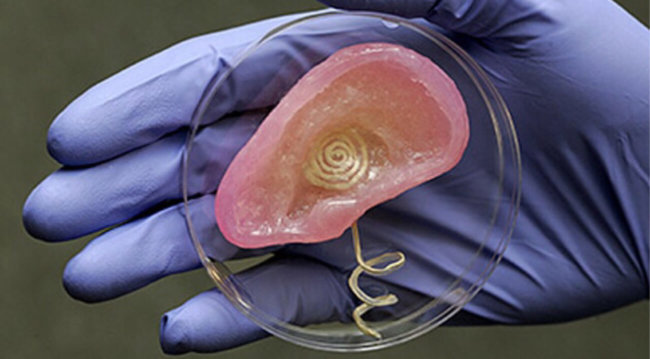
The technology of 3D printing is becoming more common. And if some 5 years ago we could not think that using this technology will create organs and tissues, then today it became a reality. For example, a group of scientists from Kyushu University in Japan, successfully transplanted printed on 3D-printer liver.
As writes the edition 3ders.org with reference to the journal Scientific Reports, the first test was a lab rat. As the researchers report, a week after the transplant, the new tissue completely stuck. In fact it is a very big step forward for the entire transplantation: the success of the operation proves that instead of transplanting the whole organ can be replaced parts of it without waiting for a donor organ. As scientists say,
“A system for fixing a 3D tissue using needle arrays enabled to produce a fabric with a complex geometry. Our method is a special way of connecting hundreds of liver cells using three-dimensional bioprinting. Moreover, the new method has several advantages: first, it does not cause damage to the blood vessels, and secondly, due to the direct connection between the graft and the tissue of the body, new tissue is formed much faster.”
But that’s not all. The essence of the new technology lies in the fact that the cells for future transplantation not grown in vitro and inside the human body that helps to avoid allergic reactions and negative consequences associated with transplant rejection by the immune system. Japanese scientists claim that the new method can be used not only for tissue transplantation of the liver, but transplantation of other organs.
In Japan for the first time successfully transplanted tissue printed on a 3D printer
Vladimir Kuznetsov